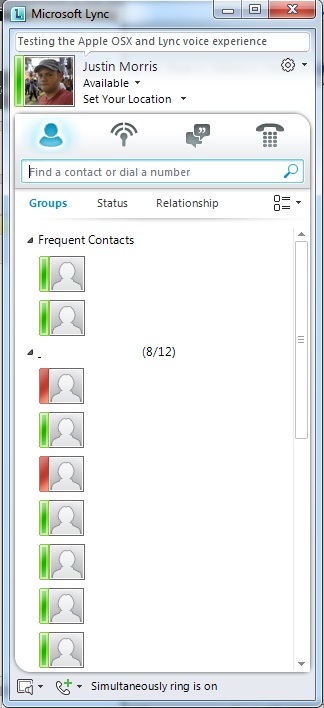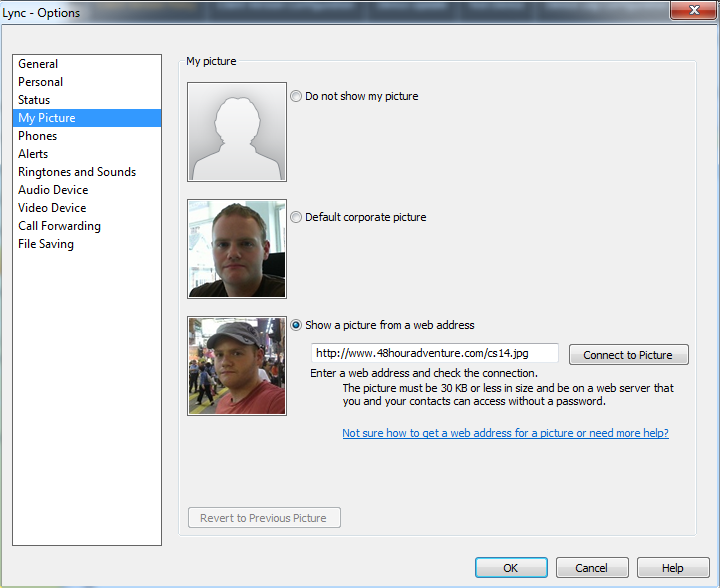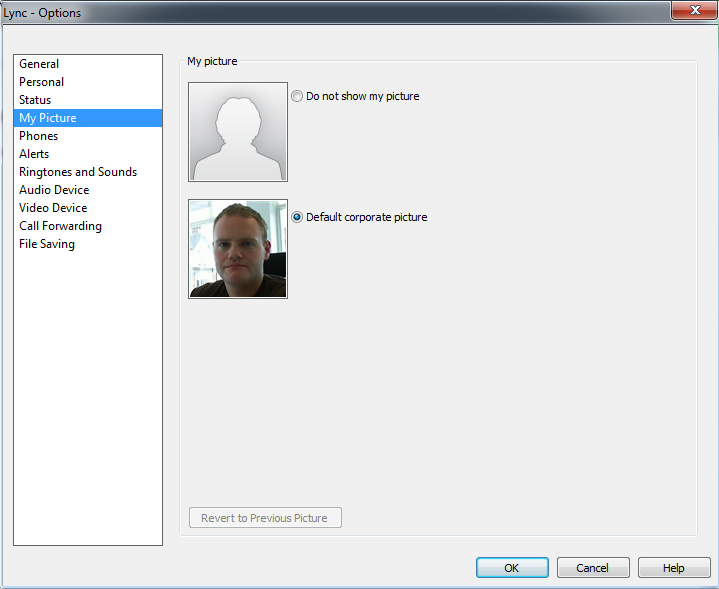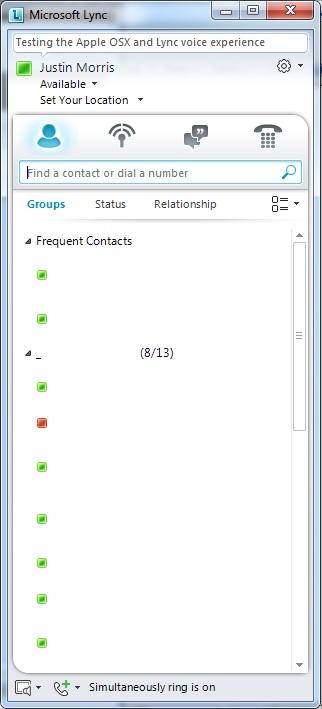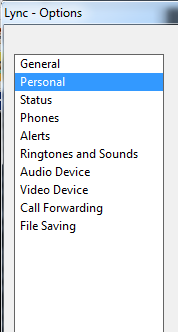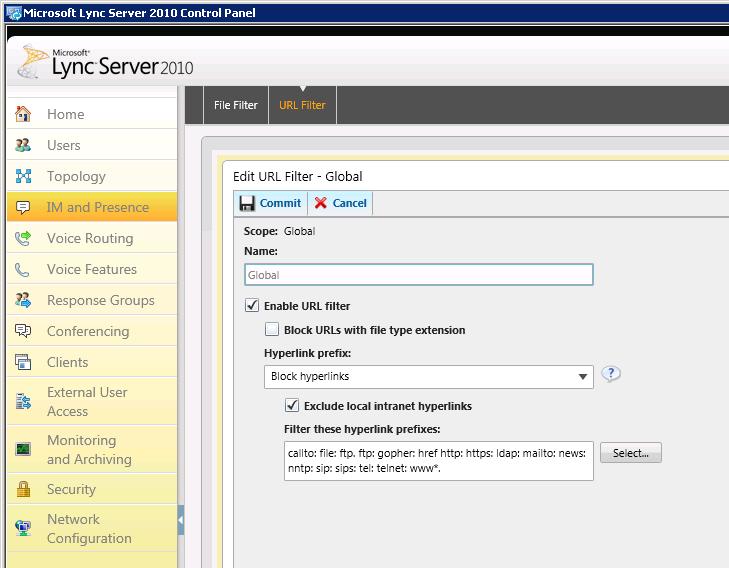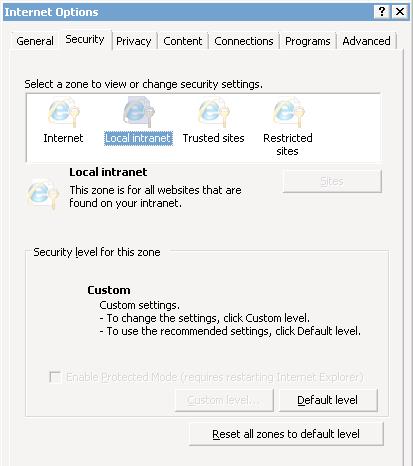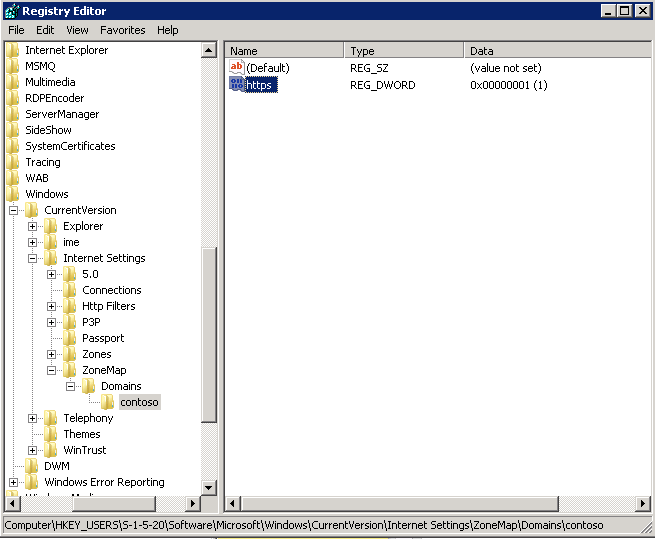An update was recently released that addresses a few niche privacy scenarios in Lync 2010. Even though presence is really what makes Lync amazing and enables so many innovative ways to communicate, this additional insight can cross the line and impact work/life balance. To address this, Microsoft has released a patch to remove the LastActive attribute from the presence aggregation category.
This update will be handy for organisations that are approaching presence functionality with caution or have strict rules around how much information a user makes available to the rest of the organisation. Particularly, it will be useful for companies that operate in countries where it’s illegal to monitor employee’s activity.
A bit more from the Microsoft description of this update:
The Lync Server 2010 presence scheme includes a method for calculating and displaying how long a user has been away or offline. This is known as “Last Active.” The LastActive attribute returns presence inquiries only from users who have the “Colleagues,” “Workgroup,” and “Friends and Family” privacy relationships.
Lync Server 2010 always calculates the Last Active time stamp during presence aggregation for each user and stores it in a database. Last Active presence information is retrieved to satisfy individual presence inquiries and subscriptions by other users. This occurs according to the access level that the users were assigned. The design of the Last Active presence information has changed for the following reasons:
- Last Active presence information may be incorrectly interpreted as reflecting the actual user’s status at work. Therefore, users may rely on it to remotely monitor an employee’s activity. However, this behavior is not allowed in some countries.
- Last Active presence information that is provided to users should not disclose how long a user is away or offline for business reasons.
Note The aggregate presence data that is calculated by Lync Server 2010 contains the status history of each user’s endpoints if a user is signed to multiple endpoints. The status of each endpoint changes automatically in response to system events (such as logon, logoff, workstation lock and unlock, and network connectivity events), configured timeouts, scheduled meetings, and user activity. The status of each endpoint can also be changed manually by the user. In this situation, Last Active presence information cannot be considered as an accurate measure of the user’s presence. Instead, Last Active presence information is intended to provide additional information about the user’s availability and willingness to communicate.
So as you can see, this patch has basically been released for companies that may have gone a bit too far with presence and how they are tracking their staff. If you don’t keep a handle on this, you could find a rift created between managers and their employees. Imagine this scenario:
Manager: “I saw that your presence in Lync was set to away for 7.5 minutes at 11:35am, what were you doing then?!”
Employee: “Uhh, I was in the bathroom?!”
Really what you want to do is strike a balance between personal accountability and trust when using presence. Don’t let your managers go all “big brother” on your staff to the point where they are nervous to walk away from their computer.
You can check out more about the update here on the Microsoft Support site.
